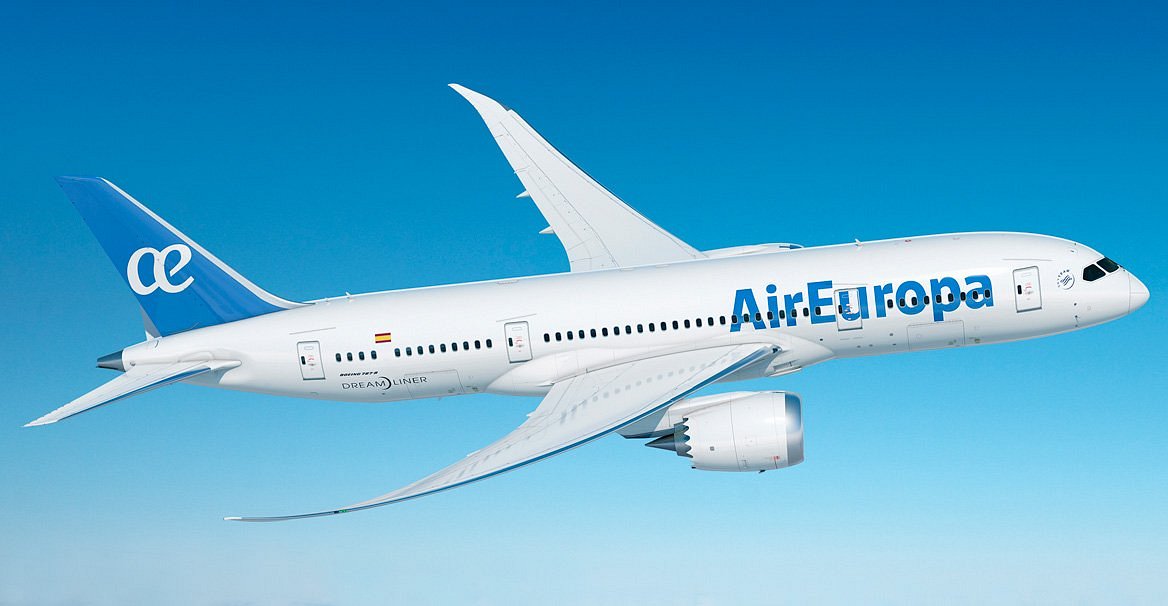An Air Europa flight from Madrid to Montevideo, Uruguay, experienced severe turbulence, resulting in injuries to at least 30 passengers. A video capturing the chaos has gone viral on social media, showing the aftermath of the turbulence, with ceiling panels detached, oxygen masks deployed, and a passenger precariously lodged in an overhead luggage compartment. The clip begins with legs dangling from the compartment, revealing a man stuck inside after being thrown upwards by the violent shaking. Fellow passengers quickly helped him down, while the cries of a distressed baby added to the panic.
The turbulence on the Air Europa Boeing 787-9 Dreamliner led to an emergency landing at Natal Airport in northeastern Brazil. The incident was a medical emergency, with 30 people injured, though fortunately, all injuries were minor. Air Europa’s official statement confirmed that the affected passengers were receiving medical attention and that the plane landed safely. The airline described the diversion as a necessary precaution.
The incident has sparked discussions on social media, with many users expressing fear and disbelief. Some questioned whether the injured passenger was wearing a seatbelt, with one user commenting, “Oh dear. Another fear unlocked,” capturing the anxieties of many flyers.
Turbulence, often caused by weather patterns, is becoming more frequent due to climate change. Rising carbon dioxide emissions are disrupting air currents, leading to rougher flights. Professor Paul Williams, a turbulence expert at the University of Reading, has been studying this phenomenon for over a decade. He distinguishes between weather-related turbulence and “clear air turbulence,” which occurs at high altitudes on clear days and is linked to climate change. Williams’ research suggests that clear air turbulence could triple by the end of the century due to changes in the jet stream, a high-altitude wind current crucial for efficient travel.







